April 14, 2013
COMPOSER’S VOICE
JAPAN PERSPECTIVE

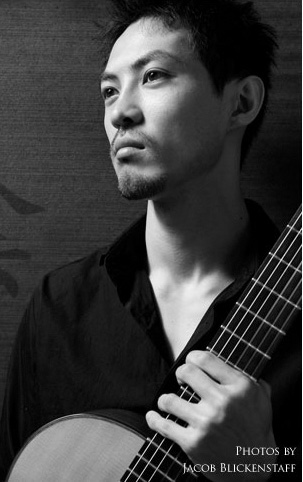
Kenji Haba is a guitarist who is exclusively sensitive to timbres in appreciating and expressing the beauty of guitar. Haba believes that the guitar is the perfect instrument to express his musical ideas because of its beautiful tones and its countless timbres. Recently, he has been focusing on impressionistic music, especially that of Claude Debussy, Maurice Ravel and Toru Takemitsu. In 2006, Haba began studying guitar under renowned guitarests Kevin R. Gallagher and Oren Fader. With his passion driving his learning ability, after one year of study he was accepted into Manhattan School of Music’s Master of Music program and there worked with Mark Delpriora. In 2011, Kenji was the first guitarist to perform a Fifteen-Minutes-of-Fame.
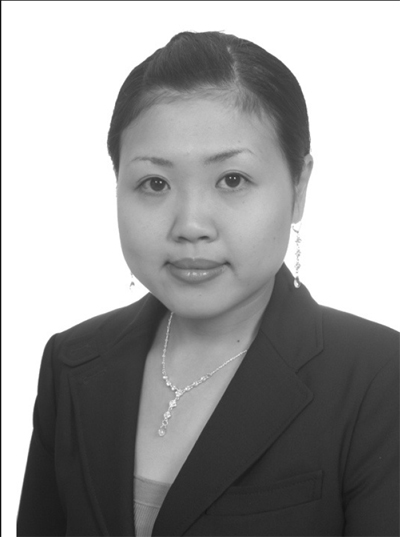
Born in Osaka, Japan, pianist Yumi Suehiro started piano at age 6, and started marimba a year later. Ms. Suehiro has won numerous national and international competitions, including the top prize at the KOBE International Competition in Japan as the youngest winner. In 2007 and 2008, she was invited to perform her debut at the Carnegie Weill recital hall as a winner of AMTL audition, and in following year, she was featured as a guest marimba player in Latin percussionist, Victor Rendon's recoding “Fiesta Percussiva”. Ms. Suehiro won the second prize at Dora Zaslavsky Koch piano concerto competition in Manhattan School of Music where she currently earned Master of Music under the tutelage of Mr. Zenon Fishbein and Dr. Peter Vinograde

Jin-Xiang "Jx" Yu was born in China and raised in Japan in a musical family. She grew up speaking Mandarin Chinese, Japanese, and English while learning Spanish, attending International Schools. She moved to New York City in 2007. After graduating from The American Musical and Dramatic Academy in 2009 with a Musical Theatre Certificate, she now attends Queens College as a Linguistics and Classical Voice double-major. She has performed in various venues, some of which include Merkin Hall and le Poisson Rouge, and is experienced in Off-Broadway theatre, as well as renowned theaters across the U.S. She is thankful to Douglas Silva for providing this opportunity to perform with the Composer Voice Concert series. "Without composers, I would have no song to sing!"
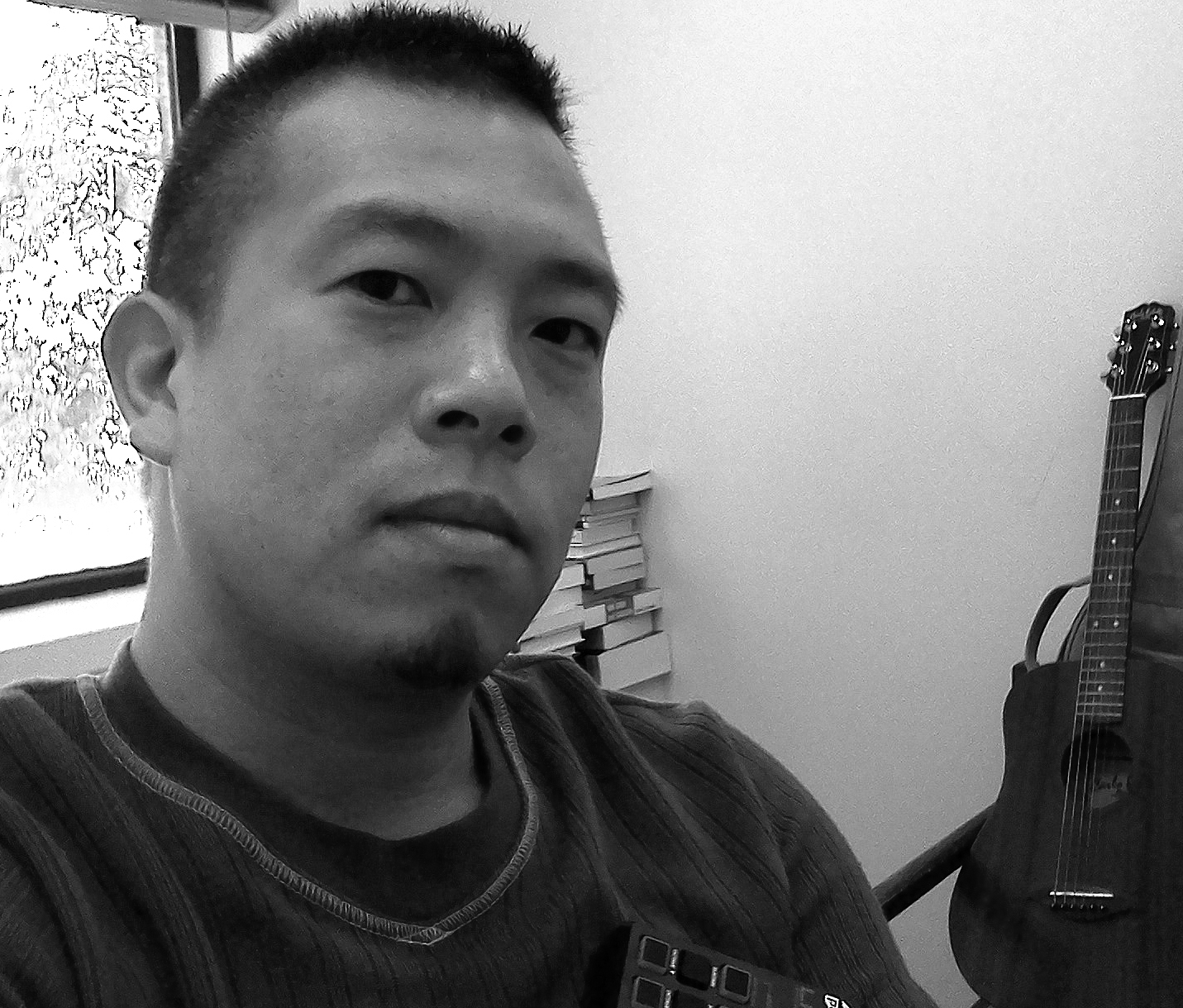
Masatora Goya is a composer writing extensively in the areas of chamber music and theater. Trained as a vocal performer first, he explores the musical landscape of drama, space, and emotion. Masatora received a BA in Integrated Human Studies from Kyoto University and studied music at Koyo Conservatory. Since relocating to the United States, he earned a MM in Composition from New Jersey City University and studied in the BMI-Lehman Engle Musical Theatre Workshop, and is completing a DMA in Composition at Five Towns College. Masatora was a 2011-2012 Diversity Doctoral Fellow at SUNY Purchase where he taught and developed a music theater project about Douglas MacArthur’s five-year reign of Japan.
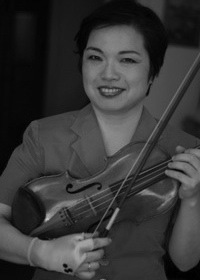
Hailed by The New York Times as “a virtuoso playing at the edge”, composer/violinist Mari Kimura is widely admired as the inventor of “Subharmonics” & her works for interactive computer music. She won 2010 Guggenheim Fellowship in Music Composition and 2010 Composer in Residence at IRCAM in Paris. In the same year she was invited as a solo violinist with the Hamburg Symphony. Ms. Kimura’s works have been supported by grants including NYFA, Jerome Foundation, Arts International, Japan Foundation, Meet the Composer, NYSCA and 2010 Fromm Commission Award. Since 1998, Ms. Kimura has been teaching Interactive Computer Music Performance at The Juilliard School. Her recent Mutable Music album “The World Below G and Beyond” features her works for Subharmonics. http://www.marikimura.com
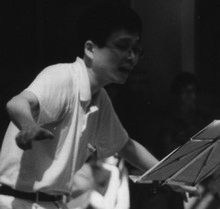
Takashi Ogawa was born in Japan in 1960. At 17 he won first place in a guitar contest and was invited to perform with the Yokohama Orchestra. Fascinated by Western culture since his childhood, Takashi Ogawa was to see one of his dreams come true when he went to live in Europe. There he took courses with Hector Quine and also studied musical analysis and interpretation with Joan Kemp-Potter at the Guildhall School of Music in London. Having worked with Segovia in Grenada, then with Rafael Andia and François Martin at the École normale de Musique in Paris, he studied analysis, music history, and chamber music at the feet of the renowned Alberto Ponce. Takashi Ogawa has won awards in any number of musical competitions: the Carpentras and René Bartoli Concours Internationaux; first place in Alberto Ponce's class at the d'Aubervilliers - La Courneuve Conservatoire National; the Concours International Chanterelles and the Concours International of Île de France; and first place in the UFAM Concours International in Paris. Takashi Ogawa went on to study harmony and counterpoint with Gérard Castagnet, Jean-Michel Bardez, and Pierrette Mari. When the time was ripe for Ogawa to undertake his first musical compositions, his works were immediately admired and performed in Paris, Japan, Brazil, the United States, the Near East, and Taiwan. In 1995, he would receive Japan's Takei Award for his Élégie pour la stèle d'un inconnu that Productions d'OZ now has the privilege of publishing. Takashi Ogawa's curiosity and musical inventiveness lead him to compose pieces in a wide variety of styles, ranging from the classical to the more contemporary. He is often commissioned to compose large works. And though many of his compositions are written for guitar, he writes for all sorts of instrumental combinations as well as for orchestra. He is equally enthusiastic whether composing practice pieces or chamber music with guitar or works for virtuoso performance.
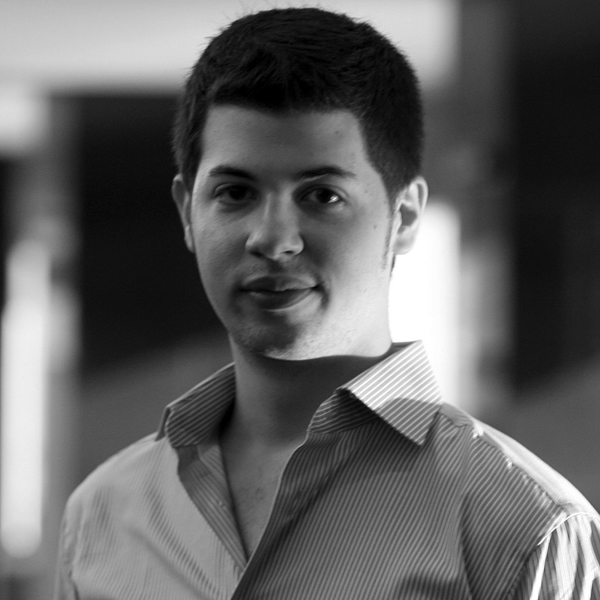
Javier Martínez Campos (Valencia, Spain 1989). Cellist and composer. He studied at "Real Conservatorio Superior de Música de Madrid" and now is studying a Master of Cello with Gregor Horsch (Principal cellist of Royal Concertgebouw Orquestra) at "Robert Schumann Hochschule" Düsseldorf (Germany). Member of the “European Union Youth Orchestra” (EUYO). He has won 14 composition competitions.
This work is based on a “Haiku” in terms of structure, form and description. It is characterized by three sections (one for each phrase). The motive is based on the "Sakura", a Japanese folksong. The clarinet is built from the scale "Iwato" and the Double bass from the scale "Hirajoshi".

Fermino Gomes (Patos, PB, Brasil) studied theory with Gazi Sa and João de Barro at Caipira University of Paraiba (UNICPB), Brazil. As well as an active composer, Fermino performs on the viola (Brazilian 10 string-folk guitar) regularly. Fermino currently lives in New York City.
Hip to Hip I Feel/ her sweet breath upon my neck/the train speeds along/ She Moves Her Belly/ Bleeding Rhythms From Her Pods/ Rushing into Me/ She Stares at My Face/ Her Whirlpools Pull Me Under/ I’m sure I Love Her/ Next Station: Train Stops/She Leaves Me Stranded/Crowded In My Dreams For Good
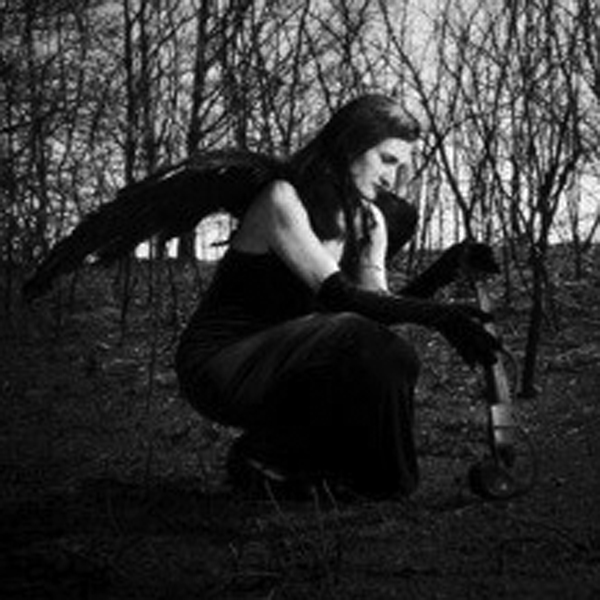
Karen Naifeh Harmon: Violinist/ Composer in Tulsa. Currently working on a Jazz Composition Certificate through Berklee College of Music. From opening for Loretta Lynn and Hot Club of Cowtown to performing with Meredith Monk, my interest is composing & performing multi-cultural songs through a variety of genres.
“Tanko Bushi”, a Japanese folk song about coal mining, uses a rhythm that is swung, ondo style. I arranged this tune fusing elements from American Delta blues & work songs - From performing in Beer Joints to Performance Halls, a compositional technique fusing Blues and Folk songs speaks to me.

Olga Harris was born in Moscow; Russia. She graduated from Ukraine College with a degree in Piano. She holds a Master’s Degree in Composition from the prestigious Moscow Conservatory, where she studied with the famous composer, Aram Khachaturian and was his last student. Dr. Harris holds a Doctorate Degree in Composition from the Moscow Gnesin Arts Academy. She composed 3 symphonies, opera, 3 concertos, 2 quartets, 3 trios and sonatas for different instruments, also 2 animation movies and music for television. Olga Harris now works as Music Professor in TSU in Nashville, TN.
Komoriuta is an original Japanese Lullaby. Spirit and intonation from this song I used in my piece. Art picture of Red Fuji Mountain inspired me.
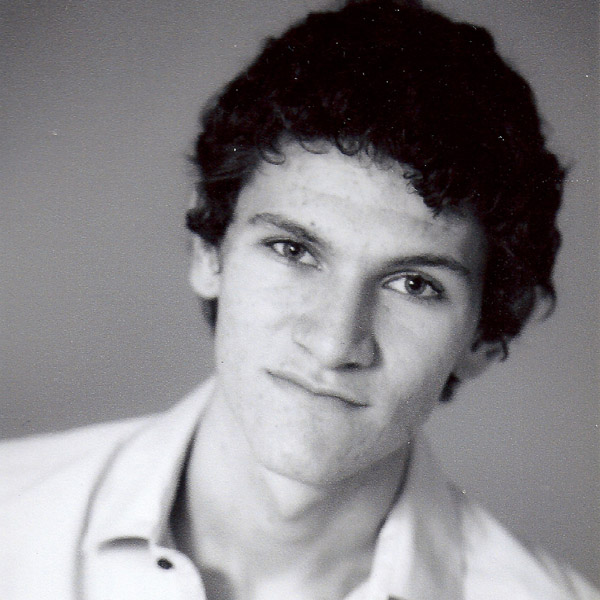
Steven is entering his fourth and final year at the Sydney Conservatorium of Music where he is studying composition. He has been a pianist for most of his life and continues to play as an accompanist, repetiteur and musical director. He also teaches music privately at his home in Sydney.
The Shibuya intersection is one of the most recognized Japanese locations, famous for its ‘scramble crossing’ thanks to movies such as Lost in Translation. The frantic junction is a lively, bustling spot that I have been lucky enough to visit, and the energy of the area has inspired this composition.
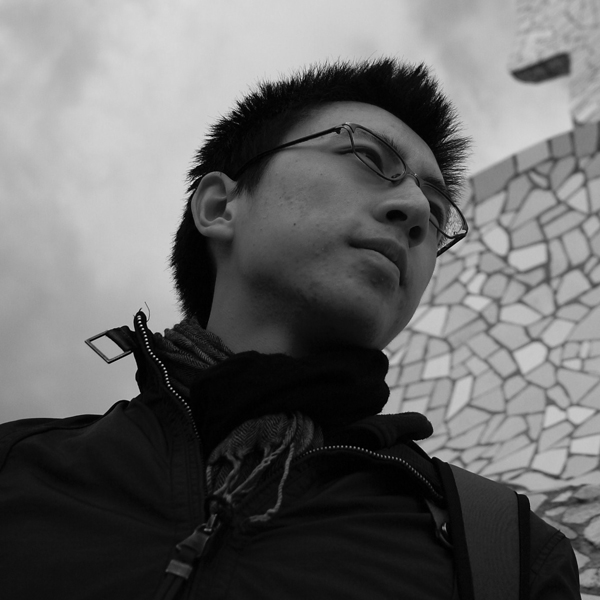
Peter Lam studies music at Kings College London, where he co-founded the new music group Ensemble Novus. Past achievements include winning the Philip McKenna Young Composer Award with his work premiered by the Dulwich Symphony, achieving A* for his research on experimental music and full marks for his A-level compositions.
Nazo - as suggested by the title (‘mystery’ in Japanese), the Japanese pentatonic scales have always generated a mysterious feeling to me. This piece explores such mysterious, quiet, yet unsettling mood through motives based on pentatonic materials and interlocking dialogues shared between the contrasting timbres of the two instruments.
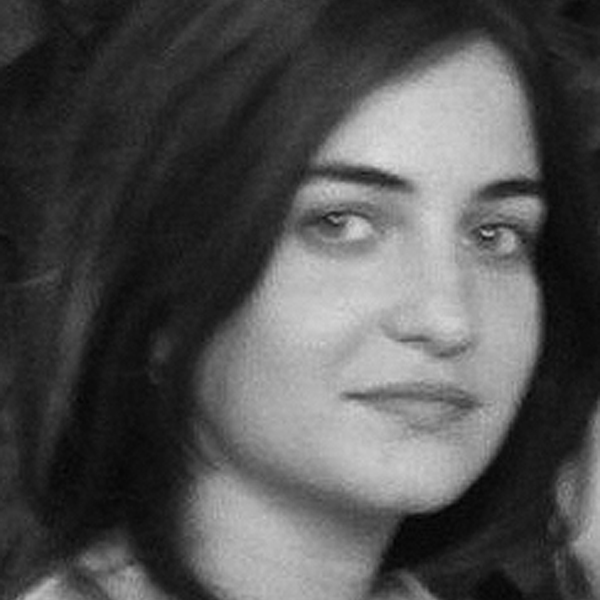
Composer, pianist and teacher to the Asociation of Writers and Artists of Cuba and the High Institute of Art in Habana. Her works has been commissioned and awarded in festivals and concerts around the world. She is member of the CIME/UNESCO, LNME and the IAWM. Her composition catalogue comprises works for solo instruments as well as chamber music, symphonic, vocal, incidental and electroacoustic works.
Haikus to the Frog was composed on December 2012 especially for Satoshi Okamoto (Double bass) and Pascual Martinez Forteza (clarinet).The music intends to adopt and play with the literary structure of Haikus: a Japanese poem of seventeen syllables, in three lines of five, seven, and five. The known Haikus of the Frog, tells the story, evoking images which are left hear throughout the work.
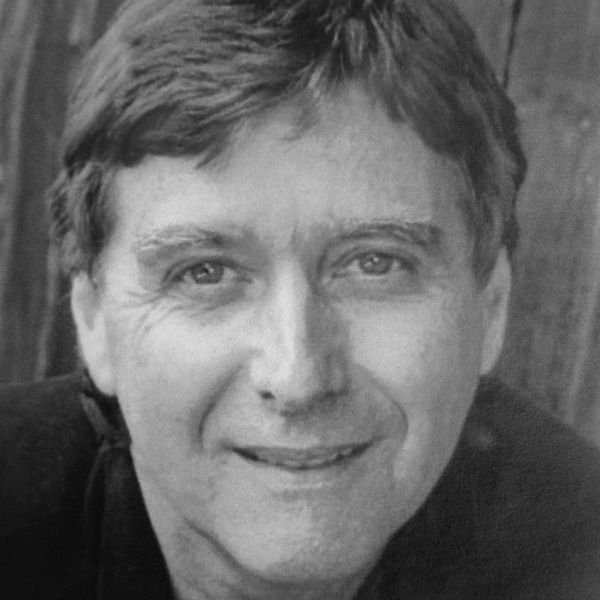
John Mackay grew up in Toronto, Canada. He has been performing and composing from a very young age. His music has won awards in the genres of contemporary classical, jazz, solo piano, choral, pop, children’s music and arranging. He now divides his time between New Zealand, Canada and the U.S.A.
AKA-TOMBO is one of the most famous Japanese folk songs—beloved by the Japanese people. My arrangement begins with a short introduction followed by the clarinet playing the melody with bass accompaniment. Then the bass takes the melody as the clarinet weaves a counterpoint line above. It resolves peacefully—as it should.
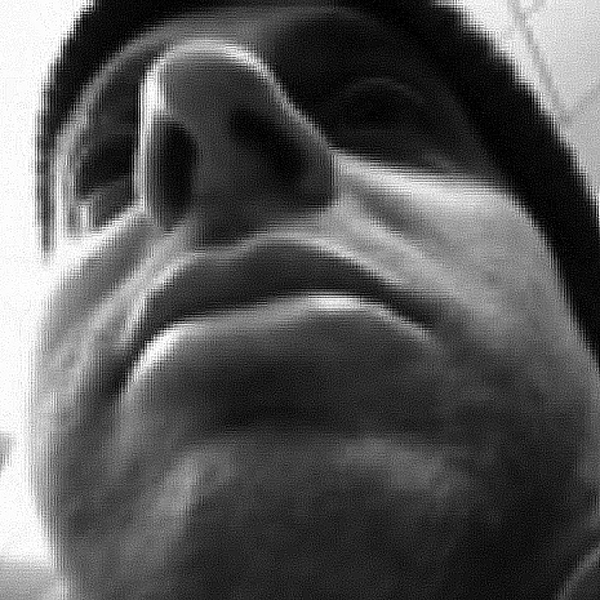
Steven H Markowitz Studied Composing and Arranging at Dick Groves (Studio City California) in the mid 80's. He is an accomplished improviser at the piano keyboard, wherein he merges classical and jazz sonorities. Influences include Keith Jarrett, Eric Satie, and Sergei Prokofiev.
Bonzai on water centers around a Japanese pentatonic scale in first inversion. It is dedicated to Satoshi Okamoto and Pascual Martinez-Forteza.
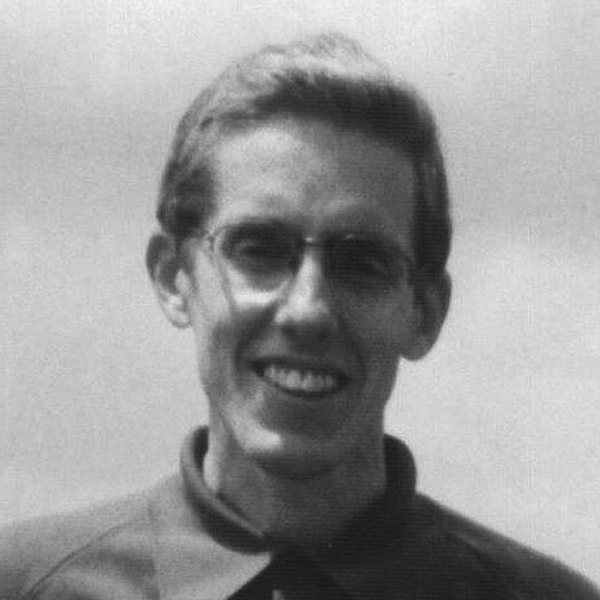
Kevin McCarter writes music for solo performers, chamber groups, orchestras, and choral ensembles. Opening Ideas, for strings, and Prelude and Excursion, for brass, have been recorded by ERM Media. Above the Clouds, for violin and piano, has been recorded for a forthcoming chamber music album from Navona Records.
The music is inspired by a haiku: “Under the rainclouds / The plum blossoms seem like stars / Despite the daylight.” (Uejima Onitsura) The rhythms and meters draw on the 5-7-5 pattern of haiku syllables, and melodic figures utilize several pentatonic scales.
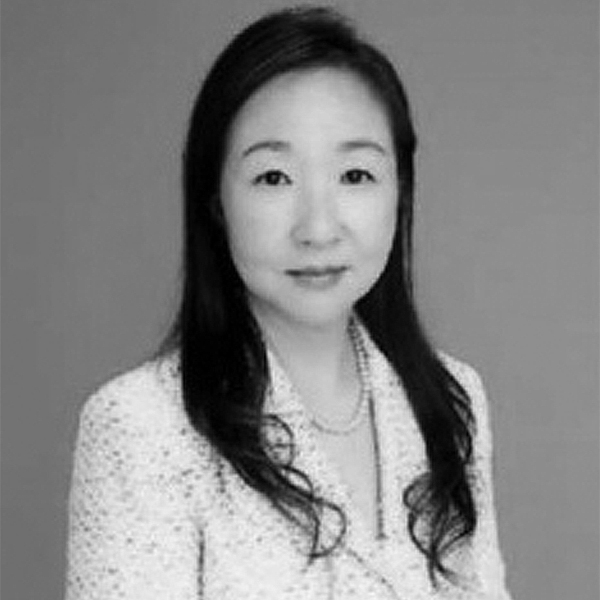
Kaori Nakano is a piano teacher of Yamaha Popular Music School in Japan, jazz pianist, arranger and composer. The SEMI-Finalists of International Songwriting Competition 2011, Jazz category.
"Lullaby of Ituki" is a Japanese Folk song of Kumamoto, the center of the Kyushu district. The girl who went for service as baby-sitting sang it for cheering up herself because her life is poor and miserable. Actually, this song is not for putting a baby to sleep. "Even if I died, nobody cries for me. Only cicadas sings in the hill at the back."
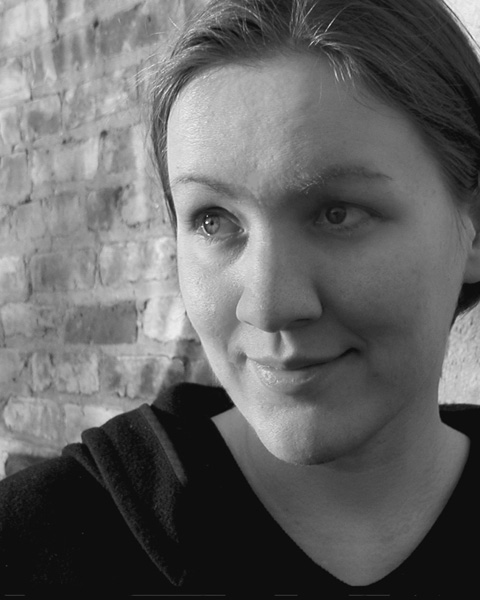
Kala Pierson is an American composer and sound artist. Her works have been performed and installed in more than 25 countries. Her long-term projects include Axis of Beauty (setting texts by Middle Eastern writers since 2004, in an ongoing response to her government's "Axis of Evil" propaganda) and Illuminated (setting texts about sex and sexuality from a broad range of cultures).
Thread Song is inspired by a poem written by early-20th-century Japanese poet Yosano Akiko: "it was only / the thin thread of a cloud / almost transparent / leading me along the way / like an ancient sacred song."
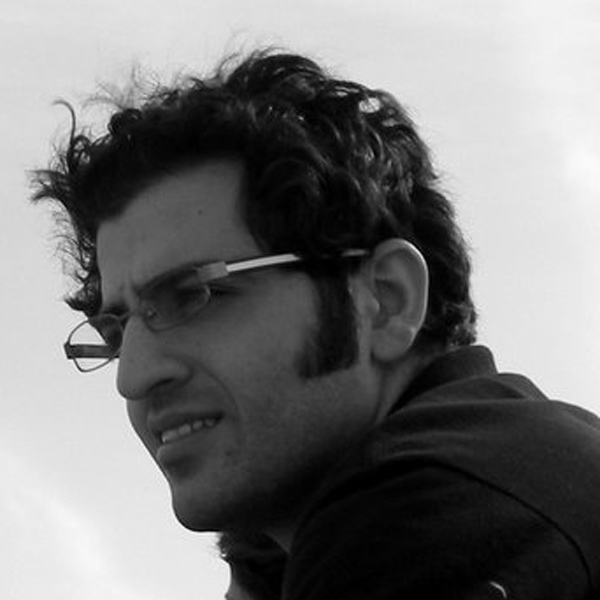
Born at 1981; M.A. in Musical composition I started learning piano and continued my musical studies at Tehran University. I compose vocal and instrumental music in different styles, I received second prize for Zahak Poem Symphony at First National Young Iranian Festival and received third prize at 25th Fajr Music Festival in Iran.
This piece was composed is based on Iranian traditional motif is known Zirkesh-e Salmak . I composed some variations of this motif. In fact one of important characteristics of Iranian traditional music is free-meter ( flexible melodies ) so this piece could be played within one minute regardless the meter.
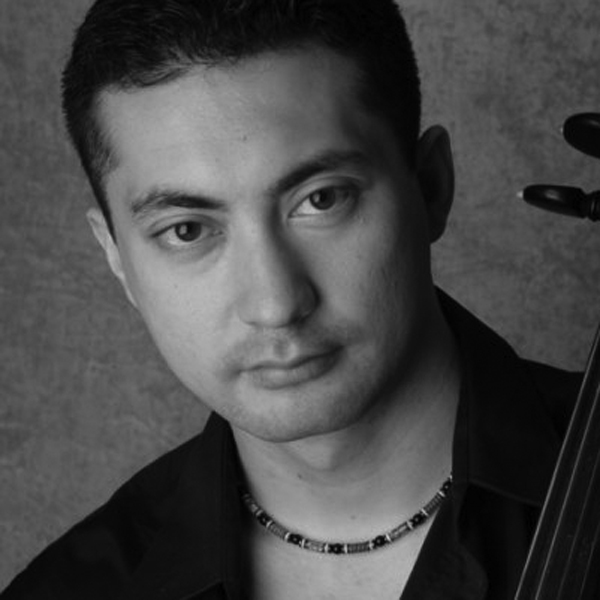
Leo Soeda is a cellist/composer/educator, who performs regularly in New York’s major venues, and whose works have been performed in big events such as NBC’s Today Show, Chamber Music Society of Lincoln Center, and a concert at Terminal 5. He also serves as a conductor for New Jersey State Youth Orchestra.
Mini Big Apple Bayashi is inspired by the style of matsuri bayashi (traditional Japanese music played in festivities), with the bass imitating the koto, shamisen and the Japanese drums, while the clarinet imitates the shakuhachi and the shinobue. It contains a slow improvisational intro and a fast festivity music.
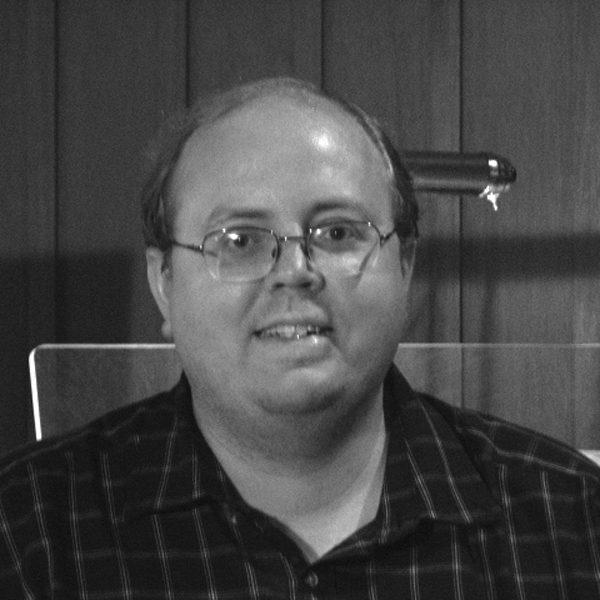
Christopher M. Wicks holds a MM in composition from the University of Montreal, and is a Fellow of the American Guild of Organists. He is organist, choral accompanist and bell choir director at Christ the Good Shepherd Lutheran Church in Salem, Oregon.
This piece addresses the theme of "Japan" through drawing its inspiration from a haiku which I wrote, the haiku being a traditional form of Japanese poetry. This is my poem: "Your soul is a field/ In which I sow affection/ And then reap delight."

Jan Hus Church - This is the place you were welcome, long before you arrived!
www.janhus.org
Donations of food &clothing are greatly appreciated for the
Homeless Outreach Advocacy Program (HOAP)

Remarkable Theater Brigade founded by Christian McLeer, Dan Jeselsohn and Monica Harte, creates and produces new operas and musicals and takes children's versions out to special-needs and at-risk children free of charge. Remarkable Theater Brigade creates and produces new works including operas, orchestral pieces, ballets, musicals, and electro-acoustic works and co-produces the Composer's Voice Concert Series concerts. Remarkable Theater Brigade was founded in 2002 by Christian McLeer, Monica Harte, and Dan Jeselsohn.

Vox Novus promotes contemporary music and its creators through concerts,
recordings, publications, broadcasts, and online publicity. Vox Novus
believes strongly in the intrinsic value of contemporary music,
recognizing it as a force in the advancement of culture and art. Our
goal is to keep music alive by strengthening the connection between
composer and audience, providing greater exposure to new music.
www.VoxNovus.com